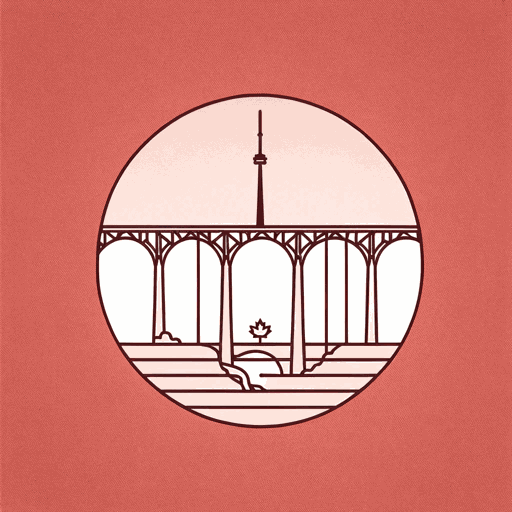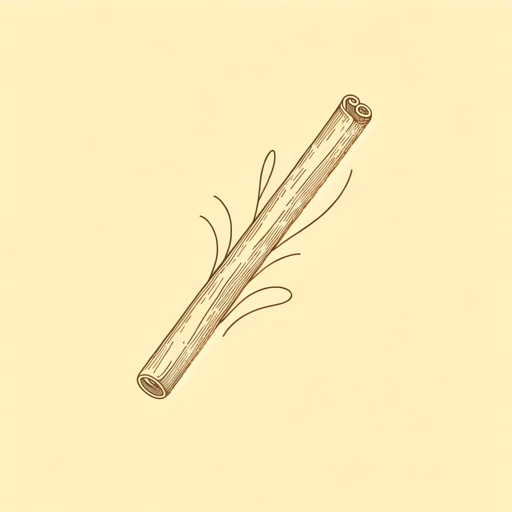49 pages • 1 hour read
Michael OndaatjeAnil's Ghost
Fiction | Novel | Adult | Published in 2000A modern alternative to SparkNotes and CliffsNotes, SuperSummary offers high-quality Study Guides with detailed chapter summaries and analysis of major themes, characters, and more.
Summary and Study Guide
Overview
In Anil’s Ghost, Michael Ondaatje explores the trauma of the Sri Lankan civil war of the 1980s and 1990s. Anil Tissera, a forensic pathologist who works with human rights organizations, returns to her home country of Sri Lanka after an absence of 15 years. As part of an investigation into government-sponsored violence against citizens Anil and her team discover, at a sixth-century burial site, what appears to be a recently murdered body, which they name Sailor. Anil works with a local artist to reconstruct Sailor’s face and identify him, bringing on the anger of the government officials behind the killing. Anil tries to present her report to government and military officials, while Sarath sneaks Sailor back to their lab and arranges for Anil to leave the country. He is murdered for his actions, his body discovered by his brother, Gamini. Anil’s Ghost, published in 2000, won the Giller Prize. Ondaatje’s previous novel, The English Patient, won the prestigious Booker Prize.
All quotations in this guide come from the 2001 Vintage International paperback. This edition retains standard British spelling and punctuation.
Content Warning: This guide describes and discusses the source text’s treatment of trauma and death by suicide.
Plot Summary
Anil Tissera has been away from her home country of Sri Lanka for 15 years. She trained and works as a forensic pathologist, mostly for human rights organizations, in Britain, the United States, and elsewhere. She returns to Sri Lanka, under the auspices of the Centre for Human Rights, for a seven-week mission, tasked with determining how much organized violence is perpetrated on civilians. She joins local archeologist Sarath Diyasena in investigating the remains of four skeletons found at a sacred site near Bandarawela. It appears as if one of the bodies was killed recently, likely a casualty of the ongoing civil conflict within Sri Lanka. Anil speculates that the body, which she calls “Sailor,” died by government-sponsored violence. Sarath remains cautious, having endured the civil war for many years and understanding the danger of speaking out.
Sarath decides that he and Anil should visit his former teacher Palipana to confirm their suspicions. Once an internationally well-regarded archeologist, Palipana retreated to an abandoned forest monastery he calls the Grove of Ascetics after becoming embroiled in a scandal about fabricating evidence. Palipana recommends that the two hire an artist to reconstruct Sailor’s face and obtain an assured identification.
Meanwhile, Sarath’s brother, Gamini, is at work at the hospital in Colombo. He has become accustomed to violence and death, and he works around the clock caring for the wounded and sick. He thinks with nostalgia about his time working at distant base hospitals. Even though the victims of various conflicts inundated these places, Gamini felt that he was contributing something useful to a broken society. His wife left him due to his attachment to work, but he does not miss her or his domestic life. He reserves his love for another, unattainable woman—Sarath’s wife, who died by suicide years ago.
Anil and Sarath locate Ananda Udugama, the artist Palipana recommended to reconstruct Sailor’s visage. The group works, mostly in secret, on Sarath’s old family estate. Ananda is talented but his struggles with alcohol use disorder after the death of his wife have led him to mining work. He agrees to work for Anil and Sarath, but Anil ultimately realizes that he constructed a face other than Sailor’s. Sarath explains that Ananda wants to see peace in the dead face because it is what he would wish for his wife. In observing Ananda as he works, Anil intuits that Sailor must have worked in a mine.
Based on this information, the team makes a positive identification: Sailor is Ruwan Kumara, a worker in the plumbago-graphite mines. The villagers attest that he was accused of sympathizing with insurgent factions, taken away, and murdered—almost certainly by the government. Sarath travels to Colombo to obtain more specific evidence that the government persecuted and executed Sailor. When he does not promptly return, Anil calls the head of the hospital in Colombo. The next day, officials confiscate Sailor’s body and take Anil to Colombo, where she is to give her report about Sailor’s remains without the body or evidence.
She accuses the government of malfeasance, but Sarath intervenes, questioning her about her findings. He demands that she exit the facility, leaving her notes and other materials behind. She has often experienced doubts about Sarath and begins to argue with him. He makes a public display of slapping her, then orders her to return to their lab. When she arrives, she finds that Sarath surreptitiously retrieved Sailor’s body and sent it to the lab. He also left a recorded message for Anil: She is to conduct a final investigation on the body and document her final report before leaving on the first flight out of Sri Lanka in the morning. Sarath does not have the option to flee. Gamini discovers his brother’s body, brutalized but not defaced, in the hospital the next morning.
The novel ends with Ananda repairing a statue of the Buddha vandalized by locals in search of materials to trade for food and supplies. Ananda wears Sarath’s shirt under his ceremonial outfit as he readies to paint the Buddha’s eyes.
Related Titles
By Michael Ondaatje

Coming Through Slaughter
Michael Ondaatje

Divisadero
Michael Ondaatje

In the Skin of a Lion
Michael Ondaatje

Running in the Family
Michael Ondaatje

The Cat's Table
Michael Ondaatje

The Cinnamon Peeler
Michael Ondaatje

The Collected Works of Billy the Kid
Michael Ondaatje

The English Patient
Michael Ondaatje

Warlight
Michael Ondaatje
